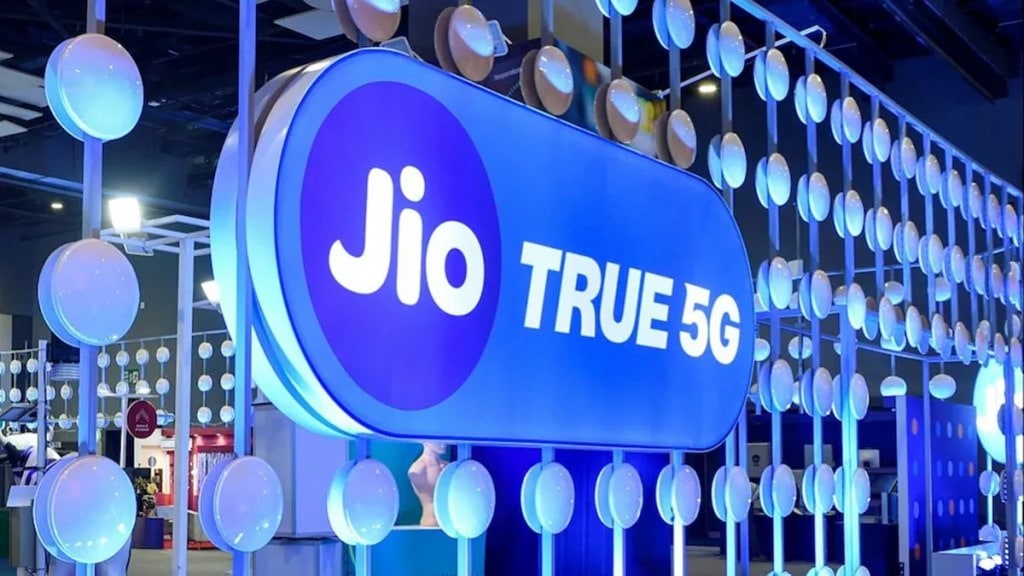Reliance Jio’s September quarter results signalled a shift from mobile-led expansion to home connectivity as the company deepened its fixed wireless access (FWA) and broadband footprint, analysts noted.
The telco added 8.3 million users during the quarter, taking its total subscriber base to 506 million, with record FWA additions helping lift its home broadband base to 23 million.
Fixed broadband (including FWA) subscriber net additions came in at 2.4 million in Q2FY26, and 5G net additions at 21 million.
ICICI Securities analysts noted that 5G data now contributes half of total network usage, while FWA accounts for nearly 9.5 million of Jio’s fixed broadband customers.
Analysts from J.P. Morgan added that FWA net adds (2.1 million) remain ahead of FTTH (fibre-to-the-home) adds (0.9 million), underscoring Jio’s early success in expanding last-mile home connectivity.
Experts see this as a structural transition for Jio, with the home broadband segment emerging as a key growth lever as wireless additions moderate. Analysts from Jefferies said sustained fixed wireless growth should support revenue and earnings growth in the coming quarters, while also providing operating leverage as subscriber mix improves.
Home-broadband is a higher average revenue per user (Arpu) segment. Mpbile plans and pre-paid packs start as low as Rs 399 and Rs 200 respectively, while home broadband connections starts at Rs 500-600 depending on the provider. And increase in this cohort, also bodes well for customer stickiness since consumers are more likely to continue with a service provider for their home broadband connections, analysts noted.
Jio’s profitability remained robust despite continued 5G investments as EBITDA rose 3.31% on-quarter to Rs 17, 874 crore, with margins steady at 54.2%.
Analysts from Jefferies highlighted that sharp decline in staff costs and flat network operating costs resulted in Ebitda margins expanding by 20bps in Q2FY26. ICICI Securities analysts added that the company’s underlying capex intensity has reduced, helping boost free cash flow generation, with free cash flow in the first half of FY26 rising to Rs 8700 crore.
Arpu increased 1.2% sequentially to Rs 211, aided by premiumisation and 5G adoption, falling mostly in line with expectations. Analysts attributed the gain to greater data consumption, one extra day in the quarter and a rising mix of home connections.
With wireless growth plateauing and tariffs unchanged, analysts expect the next leg of expansion to hinge on pricing and deeper broadband penetration. Analysts from Jefferies expect Jio’s ARPU to grow at an 11% compound rate through FY28, led by three tariff hikes of 10% each in FY26–28.

